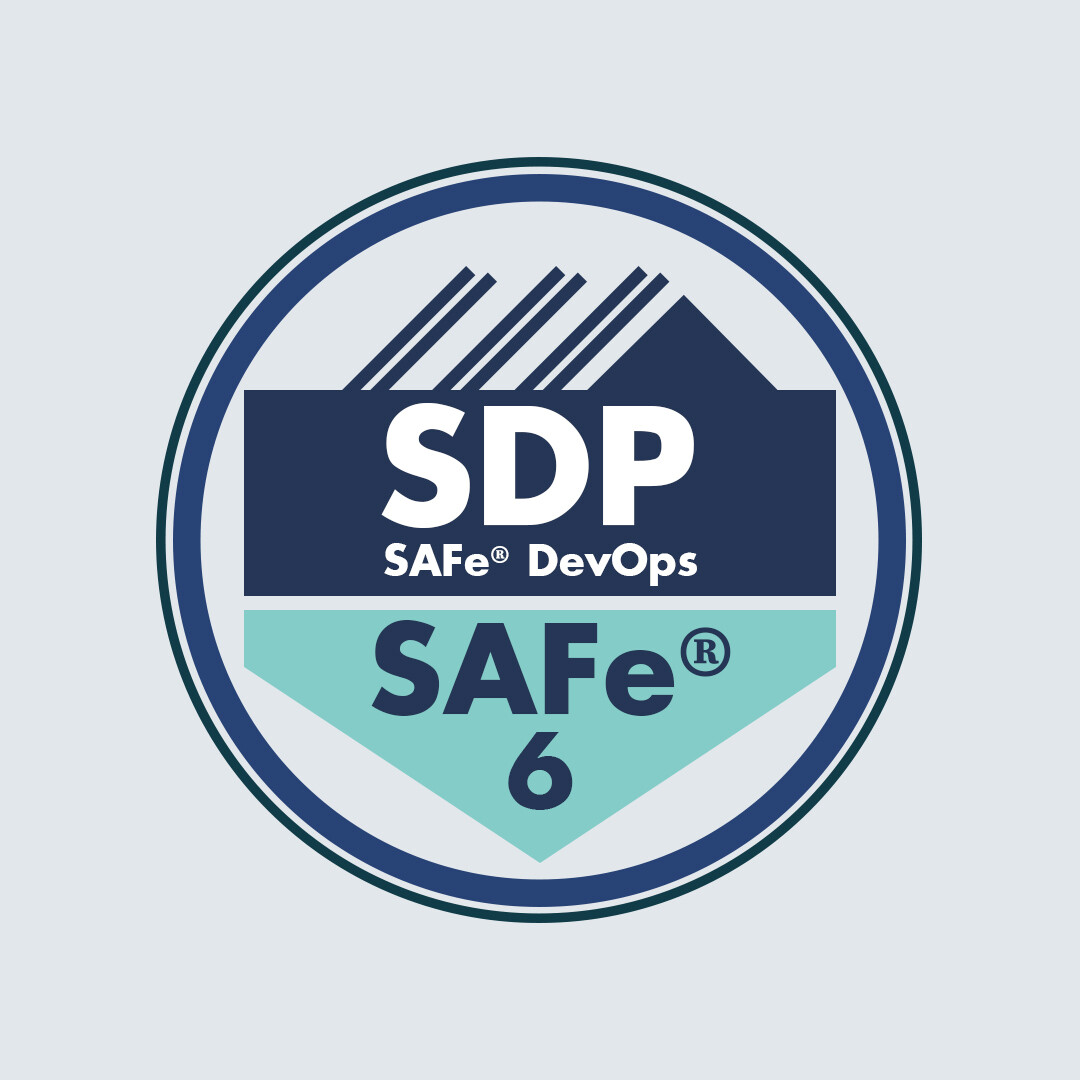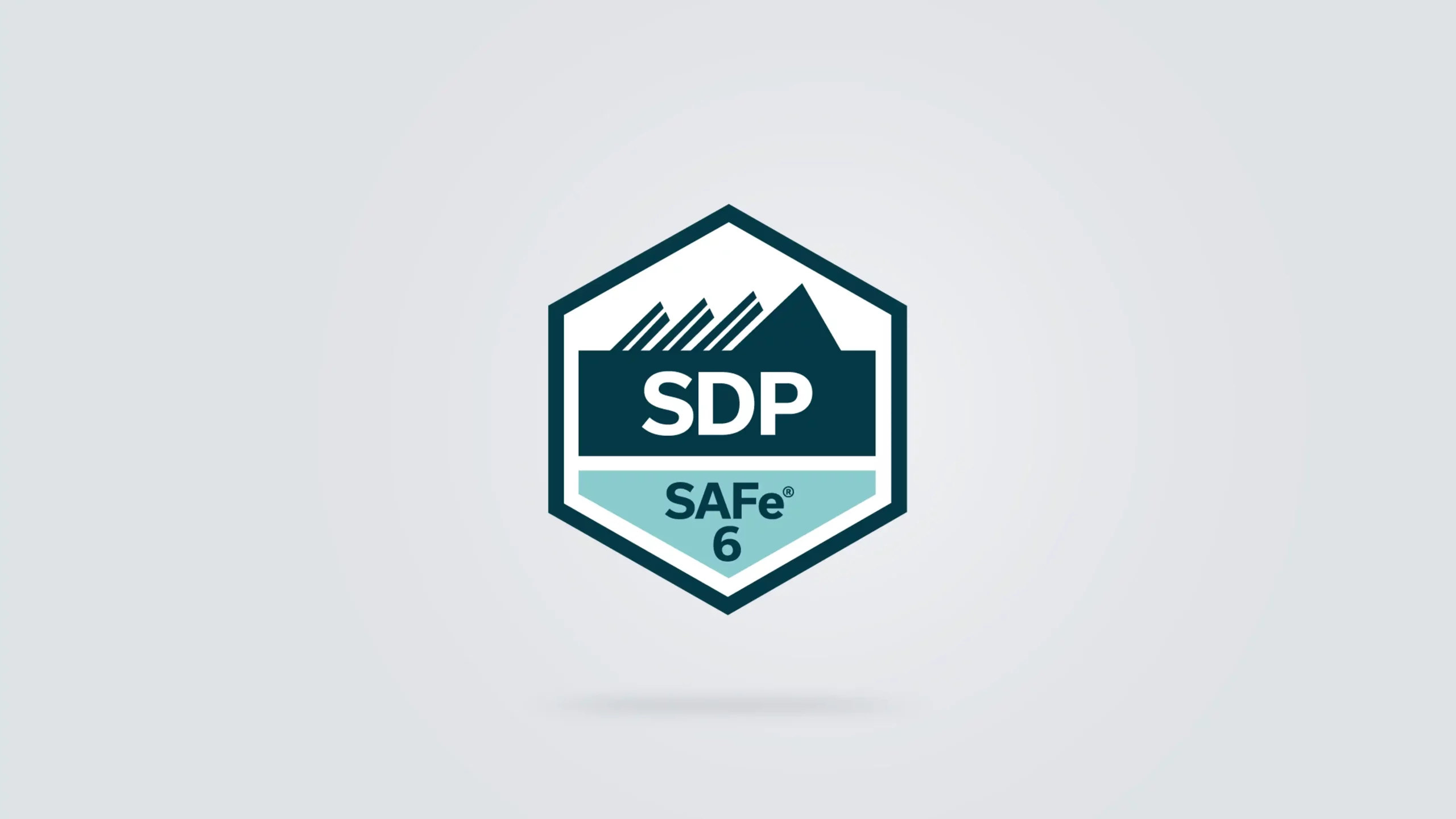Optimize Your Portfolio with SAFe Lean Portfolio Management Techniques
Wiki Article
Master Agile Practices Via Comprehensive SAFe Certification
In an increasingly complicated service landscape, understanding Agile practices with detailed SAFe certification has emerged as an essential competency for experts aiming to enhance business performance. As organizations seek to navigate the challenges of fast adjustment, the implementation of SAFe principles supplies a path to enhanced outcomes.Comprehending SAFe Framework
The SAFe (Scaled Agile Framework) structure offers as a structured approach for implementing Agile methods at range throughout large companies. It supplies a detailed method that lines up the different levels of an organization, from group to profile, making certain that all parts work cohesively in the direction of typical goals. SAFe integrates principles from Agile, Lean, and item advancement flow, using a distinct set of methods, roles, and obligations.At its core, the SAFe structure makes up four levels: Team, Program, Large Remedy, and Portfolio. Each level addresses certain elements of Active delivery, from managing small groups of designers to managing several programs and straightening tactical efforts with company goals.
SAFe motivates partnership among cross-functional groups, cultivating a setting where constant enhancement and development are extremely important. Leading SAFe. By emphasizing alignment, openness, and integrated top quality, the framework gears up organizations to react swiftly to market adjustments while supplying value to clients
Additionally, SAFe sustains different methodologies, such as Scrum and Kanban, enabling organizations to tailor their approach according to particular project requirements. This flexibility makes SAFe a durable structure for organizations intending to prosper in a rapidly advancing company landscape.

Benefits of SAFe Qualification
Often searched for in the Agile community, SAFe accreditation uses countless benefits for specialists and companies alike. Among the key benefits is the enhancement of skills and knowledge in carrying out the Scaled Agile Framework (SAFe), which equips individuals with the tools essential to drive successful Agile makeovers. This qualification signals a dedication to specialist advancement, making candidates much more affordable in the job market.For companies, having actually accredited professionals cultivates a culture of continual enhancement and collaboration, crucial for adapting to transforming market needs. It makes it possible for groups to align their work with tactical objectives, inevitably enhancing efficiency and effectiveness. Companies with a higher percentage of SAFe-certified staff members often experience lowered time-to-market and raised quality of deliverables.
Additionally, SAFe certification assists in networking possibilities with various other Agile practitioners, allowing the exchange of best techniques and experiences (SAFe Lean Portfolio Management). This collaborative network can dramatically add to individual and business growth. In summary, getting SAFe certification not just boosts individual capacities however additionally reinforces the overall Agile maturation of a company, resulting in lasting success in today's dynamic business setting
Key Elements of SAFe
Building on the benefits of SAFe certification, recognizing the key components of the Scaled Agile Framework is important for efficiently executing its principles. The SAFe structure makes up four main levels: Group, Program, Big Solution, and Portfolio. Each level addresses different aspects of dexterous practices, assisting in alignment and distribution throughout the company.At the Team level, cross-functional groups work collaboratively utilizing Nimble techniques, such as Scrum or Kanban, to supply incremental value (SAFe For Architects). The Program level concentrates on the Agile Release Train (ART), which is a long-lived group of Agile groups that intends, devotes, and executes together. The Huge Remedy level addresses complicated solutions that need numerous ARTs to function in show, guaranteeing sychronisation and assimilation

Getting Ready For SAFe Qualification
Preparing for SAFe certification needs a critical strategy to ensure a comprehensive understanding of the framework. First, acquaint on your own with the core principles and worths of the Scaled Agile Structure (SAFe) Review sources given on the Scaled Agile site, including the SAFe framework documentation, study, and whitepapers, to develop a strong foundation.
Furthermore, experiment example exam inquiries to familiarize on your own with the layout and types of inquiries you may run into. Signing up with study hall or online forums can help with understanding exchange and provide support from fellow prospects.
Applying SAFe in Organizations
Carrying Out the Scaled Agile Framework (SAFe) within companies necessitates an organized method that straightens teams and processes toward a typical goal. The effective application of SAFe begins with developing a clear understanding of its principles, consisting of alignment, cooperation, and transparency. Organizations must first analyze their existing procedures and determine areas for renovation, guaranteeing they await the cultural change that SAFe involves.Following, management dedication is necessary. Leadership needs to actively sustain the transition by promoting a culture of continuous discovering and versatility. Training and qualification for groups help equip members with the essential skills and knowledge to operate successfully within the SAFe framework. This includes developing Agile Release Trains (ARTs), which act as the foundation for supplying worth across the organization.
Routine planning sessions, such as Program Increment (PI) preparation, should be conducted to synchronize teams and prioritize work. Furthermore, leveraging metrics to gauge progression and efficiency is essential for ongoing improvement. By regularly applying SAFe concepts and methods, SAFe DevOps certification organizations can achieve greater dexterity, boost partnership, and eventually drive better business end results. Accepting this framework positions companies to respond swiftly to market modifications and client needs.
Final Thought
In final thought, grasping Dexterous practices with comprehensive SAFe accreditation significantly enhances specialist abilities and contributes to business performance. The knowledge gained from understanding the SAFe framework, along with its crucial elements, boosts and promotes effective makeovers cooperation amongst groups.
The SAFe (Scaled Agile Framework) framework serves as a structured method for applying Active techniques at range throughout huge organizations. One of the primary advantages is the improvement of skills and knowledge in implementing the Scaled Agile Structure (SAFe), which gears up people with the tools required to drive effective Agile improvements. In summary, getting SAFe accreditation not just enhances private capabilities however additionally enhances the total Agile maturity of a company, leading to lasting success in today's dynamic service setting.
Building on the advantages of SAFe certification, recognizing the key elements of the Scaled Agile Structure is vital for successfully implementing its principles.Applying the Scaled Agile Structure (SAFe) within companies necessitates a structured technique that straightens groups and procedures toward a typical objective.
Report this wiki page